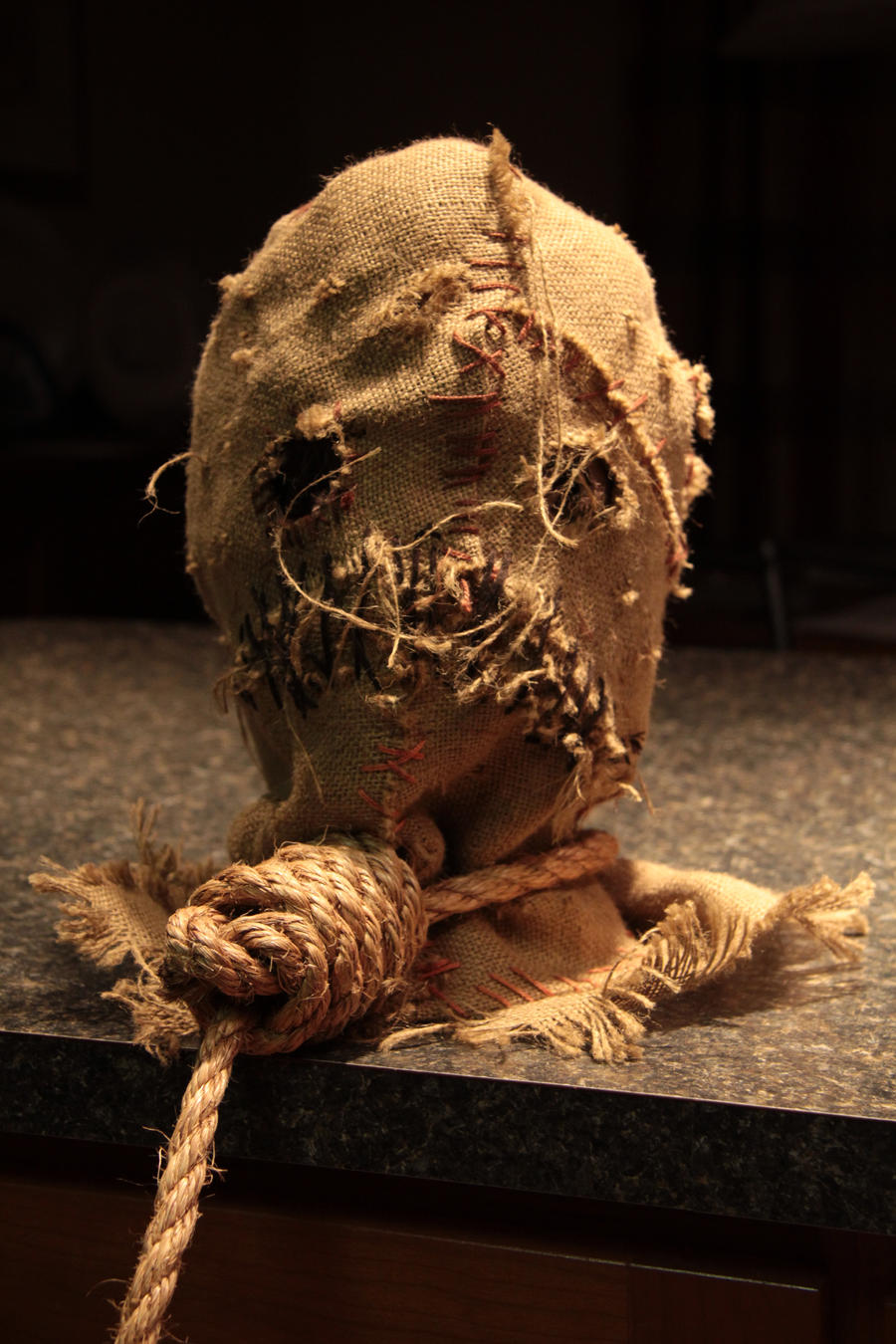Reference #2 - Combat
Combat occurs whenever ships who don't particularly like each other end the round in the same hex as each other. Most of the time, a battle just involves each ship firing cannons at each other (rolling dice) until one side has completely exploded, but there are additional nuances that can make for enormous and complex battles between multiple fleets.
When the Combat Phase begins, battles are resolved one at a time, from the highest-numbered hex to the lowest.
Hits and Misses:
Ships in battle can be grouped into ship types per player - that is, each ship type of each player will act as a whole and at the same time. If a player has 3 cruisers in a battle, they will all fire at the same time and individual cruisers cannot retreat while other remain in the battle. Whenever a ship type fires upon another (either missiles or cannons), the player rolls dice corresponding to the missiles or cannons that the ship type is firing, one for each missile/cannon icon on the ship type's blueprints multiplied by the number of ships present.
For example, if Bob has 4 cruisers in a battle, and his cruisers have 2 yellow cannon icons and 1 orange cannon icon on his cruiser blueprints, when it is his cruisers' turn to fire he will roll 8 yellow and 4 orange dice. If one of his cruisers explodes, then the next time his cruisers fire he will roll 6 yellow and 3 orange dice. The colours are important as they are used to indicate differences in damage amounts - yellow dice represent ion weapons which do 1 damage per hit, while orange dice represent plasma weapons which do 2 damage per hit. If four of Bob's yellow dice result in hits but none of his orange dice do, his plasma weapons missed and some of his ion weapons hit. He cannot choose afterwards to have the dice rolls that hit be coming from his plasma weapons instead!
The result of the dice roll of each weapon determines whether it will hit (cause damage to an enemy ship) or miss (do nothing):
1 - Always a miss
2/3/4/5 - Subject to computers and shields
6 - Always a hit
For all rolled dice results from 2 to 5, all the computer values (the positive numbers in white) on the ship type's blueprints are added to the dice result. If, with the computer bonuses, the dice results are still below 6, then they will still miss and can be discarded (ie: with +2 in computer values, anything below a 4 will always miss). If the result is 6 or higher, it will hit or miss depending on the enemy ship's shield values (negative numbers in black). If the original die result, plus the firing ship's computers, minus the target ship's shields, equals 6 or higher, it hits. Otherwise, it misses.
The player who is firing cannons/missiles (ie: who is rolling the dice) assigns each die (s)he rolls to an enemy ship. Since enemy ships may have different shield values, certain die will be capable of hitting only certain enemy targets.
Basic Computer-Shield Tactics:
>> If you are firing upon a variety of enemy ship types with different amounts of shields, use your natural sixes on the ship with the highest shields so you don't get stuck with being able to only hit it with fives or sixes at the end of the battle
>> To counter the above, equip all your ships with the same shield value.
>> Shields are only good for countering computers. If your opponent has a lot of shields, consider replacing your computers with more hull or weapons.
>> +4 cumulative computers will let you hit with any roll except a one. If the enemy has no shields, there is no benefit to having more than +4 computers.
Retreat:
When a ship type would normally fire their cannons during a battle, the owner can choose instead to begin a retreat of that ship type. All the ships of that type are turned to face away from the enemy and do not fire their cannons. The next time after that that they would fire their cannons (if any are still alive), the ships are removed from the battle.
Retreats must occur through a full wormhole connection to an adjacent hex where you have an influence disc (wormhole generators and warp portal rules also apply), and the hex to which you retreat must not have any enemy ships (this may depend on the order of resolution of battles).
Sides of a Battle:
Without alliances, all battles will have only 1 player on each side (or the Ancients, or the GCDS). If multiple players move ships into the same hex, multiple 1-versus-1 battles will take place, in the reverse order that they entered the hex (with the Ancients always going last, and a player with an influence disc in the hex always going last or before the Ancients).
For example, if hex #199 has one Ancient Ship in it, Draco has influenced it but has no ships in it and the following occurs:
-Planta move ships into the hex
-Hydra move ships into the hex
-Draco moves ships into the hex
-Orion moves ships into the hex
then during the combat phase, Orion and Hydra will battle first. Whomever wins that battle will then have a battle with Planta with their surviving ships. The winner of that battle will then battle Draco. If the winner of that battle is not Draco, they will fight the Ancient Ship. If the Ancient Ship is defeated, the winner will then fire upon any Draco population cubes at the end of the combat phase, as normal.
Players who are in an alliance can fight together in battle. If any player in an alliance has ships that will enter into combat, the alliance as a whole is treated like a single player - all members of the alliance's ships fight on the same side in one big battle.
If a hex has ships from 3 alliances, or from some combination of more than three individual players or alliances, the battles occur using the same order system as for individual players, so the order could be something like: Nova Alliance (entered the hex 3rd) battles Planta (entered the hex 2nd), and the winner battles the Vortex Alliance (entered the hex 1st).
Damage to ships is only removed at the end of the Combat Phase, so it carries over from battle to battle!
Full sequence of a single battle:
Determine the initiative of each ship type and order them from highest to lowest (initiative is the number of triangular funny hats on the ship's blueprints). Ships with higher initiative will act before those with lower initiative. In the case of a tie, if one side is the Ancients or GCDS, they always win ties. Otherwise, the player with an influence disc in the sector wins the tie. If neither side of the tie has an influence disc in the sector, the one who first moved a ship into the sector wins the tie.
The Missile Round
For each ship type, in initiative order:
- The owner of the ship type (attacker) rolls dice for each missile he has (if any) on each ship of that type (ie: if you have 2 cruisers and 3 missiles on your cruiser blueprints, you fire 6 missiles when it is the cruisers' turn)
- The attacker assigns each die that is high enough to hit an enemy ship to a particular enemy ship, considering the firing ship type's computers, enemy shields and Distortion Shields. Dice that did not roll high enough to hit any enemy ship are discarded.
- If any defending ship that has been assigned a die is owned by a player with Point Defense Cannons, that defending player rolls dice for all his cannons once, and if any succeed (considering only his computers) each hit can destroy one missile targeting this defender's ships (but not an ally's ships)
- Any remaining missiles hit and damage is tallied/noted. Dead ships are removed from the board.
Engagement Rounds
For each ship type, in initiative order:
- If the ship type had previously begun to retreat, each ship of that player and type now retreats from the hex and is removed from the battle. Otherwise:
- The owner of the ship type (the attacker) decides whether to fire cannons or to begin a retreat of that ship type. If he decides to fire cannons:
- The owner of the ship type rolls dice for each cannon he has
- The attacker assigns each die that is high enough to hit an enemy ship to a particular enemy ship, considering the firing ship type's computers, enemy shields. Dice that did not roll high enough to hit any enemy ship are discarded.
- The damage of each die to each assigned ship is tallied/noted. Dead ships are removed from the board.
After each ship type of each player has had its turn, any once-per-engagement-round effects are processed (the only one I can think of is that ships with the Morph Shield regenerate 1 HP here). Then you restart the Engagement Round process again, and continue to do so until one side of the battle has retreated or been destroyed (or a mix of both).
End of Battle:
When only one side of a battle has any surviving ships remaining (all ships of the other side have died or retreated), the battle ends and the surviving side wins.
Both sides then draw a number of Reputation Tiles, one of which can be kept and placed in a shield-shaped slot on your reputation track. The number of reputation tiles you can draw to choose from is determined as follows:
- If you fought without successfully retreating, you draw one tile
- For every Interceptor, Starbase or Ancient Ship you destroyed in the battle, you draw one tile (only the final hit matters to determine who destroyed the ship)
- For every Cruiser or Ancient Cruiser you destroyed in the battle, you draw two tiles
- For every Dreadnaught, GCDS or Ancient Dreadnaught you destroyed in the battle, you draw three tiles
- You cannot draw more than five tiles
If you have no empty slots for a new reputation tile, you can swap it with one you already have. You do not have to keep one of the reputation tiles you draw (if you have no empty slots for a new one and all your current ones are better). After you place the reputation tile, any other tiles that were drawn and any that came off your board are put bag in the bag.
When an alliance fights together in battle, the above conditions apply to them individually. ie: if one member of the alliance retreats and another does not, one of them gets to draw a tile for fighting. Likewise, they only draw tiles for ships their own ships personally destroyed.
Post-Combat
Attacking Population:
After all battles have been fought, if there are any ships in hexes where there are also enemy population cubes, the ships will fire upon the population. Each ship rolls all of its cannons a single time. For every
point of damage (not the same as a hit - an Antimatter Cannon rolling a 6 hits once but deals four points of damage), a population cube is removed from the hex. The cannon rolls work like normal, with computers adding to dice rolls. The population cubes are not considered to have any shields.
The player who owns the ships can decide which population cubes are removed. The owner of the cubes then places them in their graveyards according to the type of resource slot they came from (money to money, and so on). Cubes coming from white planets can be placed on any graveyard, and cubes coming from orbitals may be placed on either the money or science graveyard.
The Neutron Bombs technology allows any ship to automatically kill all the population cubes in the hex without rolling its cannons (or even having any cannons). The Neutron Absorber technology nullifies this ability. The Planta always automatically lose all their population cubes as if the enemy had Neutron Bombs (even if they have Neutron Absorbers).
Attacking population does not count as a battle. If a ship ends the action phase in an enemy hex with no enemy ships, no reputation tiles will be drawn even if they attack the population cubes.
Removal of Influence:
After all attacks on population have been carried out, if there are any hexes where:
- a player has an influence disc
- there are enemy ships in the hex
- the player has no population cubes in the hex
then the influence disc is removed and returned to the player's influence track
Post-Combat Influencing:
After influence discs have been removed, any player may place an influence disc from their influence track into a hex where they have a ship, there are no enemy ships and there is no enemy influence disc. You can do this even if no battle was fought there. If multiple allied players have ships in an otherwise-empty hex, the first player to have moved a ship into the hex has first dibs on influencing it. If they do not want to, the next ally to have moved ships in can do so, and so on.
This post has been edited by D'rek: 06 February 2013 - 04:20 PM

 Help
Help
 This topic is locked
This topic is locked

















